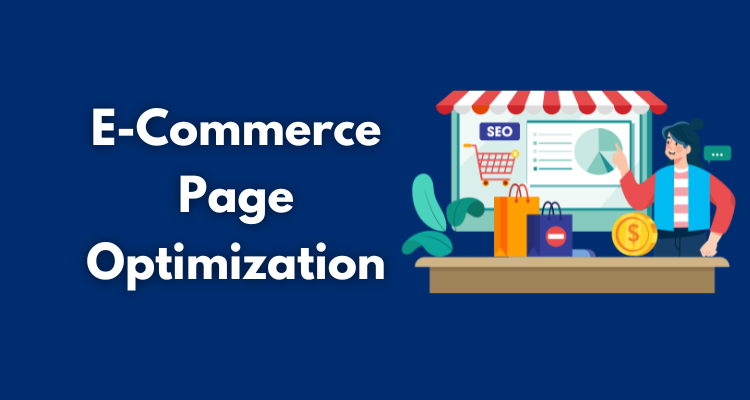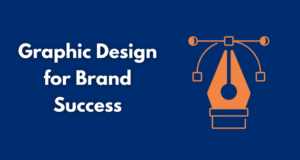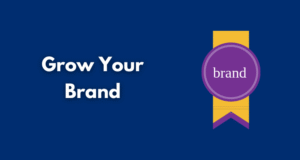Strong traffic is nothing if your e-commerce landing page isn’t converting. User behavior shifts and AI tools dictate how you guide a visitor from interest to purchase—it must be intentional, frictionless, and backed by continuous strategy improvement.
Forget clicks—match your value proposition with the true intent of your audience, use data to optimize each component, and eliminate any barriers that stand in the way of the user reaching the checkout button.
When it comes to e-commerce, conversion optimization is intentional from the start rather than something you “figure out.”
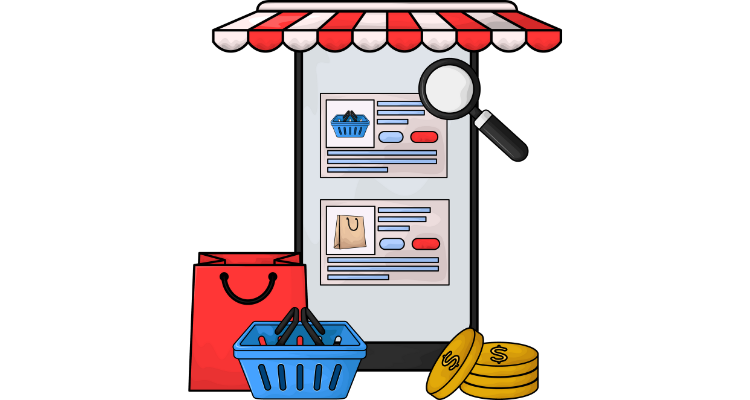
Table of Contents
ToggleOptimize Your Messaging for Buyer Intent
If you’re not speaking directly to what your buyer wants, you’re not selling. Generic copy might bring eyes, but clear, benefits-driven messaging closes sales.
To convert more traffic, your value proposition must be sharp, specific, and personalized. Visitors need to immediately recognize that your offer solves their exact problem.
Match Headlines to Mid-Funnel Intent
At this stage, your visitor already knows what they want. They’ve researched enough to compare options and are evaluating solutions so your headline must acknowledge that awareness.
Instead of “Fast Shipping on Eco-Friendly Bedding,” try “Why 9,000+ Sleepers Switched to Organic Sheets That Stay Cool All Night.” This taps into the reason they’re here and moves them closer to action.
- Avoid soft messaging and lead with proof, outcomes, or transformation.
Highlight Trust Indicators Early
You need to shorten the time it takes for users to trust you. Use social proof, press mentions, reviews, or user stats near the top of your page.
Buyers who see proof that others like them have purchased and loved your product are far more likely to continue scrolling. This builds psychological safety and signals that their money is well-spent.
Here are some powerful forms of social proof to include:
- Verified customer reviews (especially those with images or video)
- Case studies or UGC (user-generated content)
- Press features and endorsements
- Trust badges for payment security, return policies, or eco-certifications
Remove Fluff from Your Copy
Visitors scan. Meaning? You need to eliminate filler and tighten your pitch by using subheads, short paragraphs, and clear CTAs.
Clarity beats cleverness when the goal is conversion. Get to the point and reinforce what the buyer gains from clicking the button. Every line must either build trust or increase urgency—cut the rest.
Use Conversion-Focused Design, Not Just Aesthetics

Every visual decision you make is intended to influence your visitor’s decision-making process, so when each portion of your page encourages a user to proceed, you’re building momentum that eventually results in a sale.
Try following an F-Pattern or Z-Pattern layout—these reflect how users naturally scan content. Place your most important content where their eyes will go first. Your hook, offer, and CTA need to appear in predictable zones that align with user reading behavior. Don’t bury your CTA—position it exactly where it makes psychological and visual sense.
Use Contrast and Whitespace to Prioritize Action
Your call-to-action must never blend in—use color contrast, white space, and directional cues (arrows, lines, photos) to preserve the attention on your conversion goal.
- Think of every element as either an action driver or a distraction.
Optimize for Mobile Conversion First
The majority of your e-commerce traffic will come from mobile, and conversion rates tank when mobile layouts are poor.
Simplify your structure, use large tap targets, and ensure your cart is easily accessible at all times. Mobile-first isn’t optional—it’s your primary channel. Here’s what mobile optimization should cover:
- Sticky add-to-cart buttons
- Scroll-friendly content blocks
- Compressed image assets for faster load time
- Mobile-friendly font sizes and spacing
Integrate SEO with Real Conversion Tactics
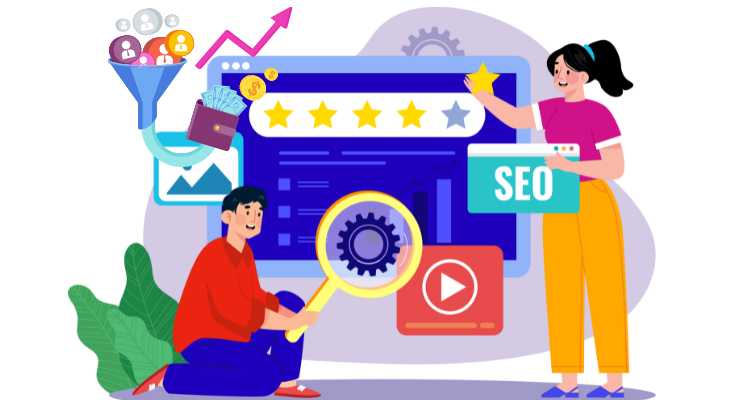
Traffic that doesn’t convert is just a vanity metric. Modern SEO goes beyond ranking. It’s about making sure the content aligns with buying behavior and that you’re visible where purchase intent already exists. The goal is to meet users at the moment they’re ready to act.
Avoid Keyword Stuffing and Write for LLMs
AI tools and LLMs are filtering information for users. If your content is bloated with irrelevant keywords, it won’t make the cut.
Use structured data, speak in natural language, and structure answers to common product-related questions in your copy—enhanced with advanced LLM SEO from Get Stuff Digital, which focuses on structured, machine-readable relevance.
This improves visibility in AI-generated results and drives more targeted traffic. Make your content readable both by bots and real buyers.
Prioritize Bottom-of-Funnel Keywords
If you’re outsourcing SEO, ensure your provider is targeting bottom-funnel terms like “buy organic cotton bedding online” instead of top-of-funnel content like “what is thread count.” These users are ready to purchase. You want to capture them when they’re making the decision. Let competitors entertain browsers—your content should convert shoppers.
Build Internal Links That Guide the Buyer Journey
Strategic internal linking isn’t just for Google. It’s for people. Link to comparison pages, reviews, and offers that naturally guide someone from “maybe” to “yes.” Think of your site like a funnel—each click should narrow the focus and increase urgency. Every page should suggest the next logical step.
Don’t Do This Alone: Why Outsourcing Works
Attempting to manage SEO, design, development, and testing internally frequently results in missed opportunities and delays. Specialists in any field can work more quickly and generate superior outcomes. Clarity and speedier iterations are the results of collaboration.
If your website is congested, glitchy, or unresponsive, users will go. Skilled developers know how to leverage structured data, ensure that every component loads instantly, and optimize speed across devices.
This translates directly into more conversions. Speed is a feature—and users expect it.
Hire SEO Experts Who Align With E-Commerce Intent
Many agencies still focus on traffic volume. You need one that focuses on transaction-ready keywords and product-led content strategies. Outsourcing to the right SEO team ensures you’re building authority where it counts. Your ROI lives in search terms tied to buyer decisions.
Let Designers Build With Conversions in Mind
A freelance designer might make a beautiful site, but that’s not the goal. You want someone who understands how visual hierarchy, UX flows, and color psychology influence buying behavior.
By collaborating with teams that specialize in landing page design services tailored for e-commerce performance—outsourced design teams with e-commerce experience know how to build for both beauty and revenue. Their designs aren’t just attractive—they’re persuasive.
Use Analytics and Testing to Find What’s Not Working
Guesswork is expensive. If your page isn’t converting, data will tell you why. You just need to listen—and act. Optimization is not a one-time project but a continuous feedback loop driven by user behavior.
Track more than just purchases. Monitor CTA clicks, form completions, add-to-cart behavior, and scroll depth. These micro-conversions reveal where users drop off and what might be missing. Clear goals give you a clear path to improvements.
A/B Test Core Page Elements
Test one variable at a time, headlines, CTA buttons, product images, layout structure—you’ll start to learn what your audience responds to and can double down on what works.
Consider using landing page optimization tools to run faster experiments and identify winning elements at scale. Use statistically significant data before making permanent changes.
Use Heatmaps and Session Recordings
Sometimes analytics don’t tell the full story. Tools like Hotjar or Microsoft Clarity help you visualize how people interact with your page. You’ll see where they get stuck, which elements they ignore, and where their attention goes. Use this insight to remove friction and refine user flow.
Conclusion
Your best chance of converting visitors into actual income is with a completely optimised landing page—your copy, design, SEO, and data tracking must all align to give the user a seamless and reliable experience.
When these pieces are dialed in, conversions rise naturally. You build something that not only sells, but scales.
If you’ve been trying to optimize solo, this is your sign to stop. You don’t have to guess your way to better performance. With experts by your side, you’ll not only speed up results but build a foundation that scales with your business in the era of LLM search. Outsourcing isn’t a cost—it’s a conversion multiplier.

